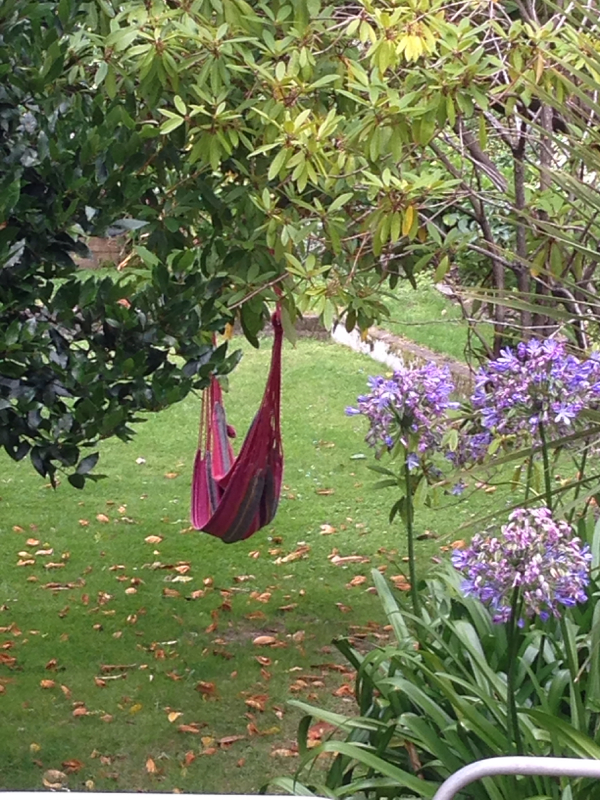Young and old people living with additional needs, whether due to illness or injury, benefit from time spent in sensory gardens. Over the weekend I chatted with a friend in Surrey who is teaching sports people to fly fish as part of their rehab after reconstructive surgery. He also works with the charity Help for Heroes , enabling men and women suffering post traumatic stress disorder to engage socially and with nature. Both groups benefit from the fly fishing activity in the same way as people do in a sensory garden.
Basic human evolution links us closely with nature. A good sensory garden is designed around this feature of our deep psyche. In this emerging field I have been privileged to work with some wonderful people. Barnados works with vulnerable children and their family groups. Parents and carers are often transitioning from illness, prison, substance misuse, and/or physical disability. Their needs are as profound as those of the children. When we designed the sensory gardens for Barnados in Peterborough they had to meet those broad community needs, in addition to accessibility issues. Centre Algarve was established as Europe's first ever disabled children's resort. When we were asked to design the sensory gardens for that southern Portuguese site we had to be mindful of able bodied siblings and adult family members' holiday needs also. Common features include:
- Water
- Shade
- Trees
- Seasonal displays of flowers
- Seasonal availability of fruit and nuts
- A sense of safe enclosure
- A vantage point from which to admire a view
Sensory gardens benefit not just handicapped people but aid everyone who is stressed, depressed, rehabilitating back to health, or in need of a gentle return to nature. To be fully effective requires design attention to detail. It's often the little things that can make a big difference



 RSS Feed
RSS Feed